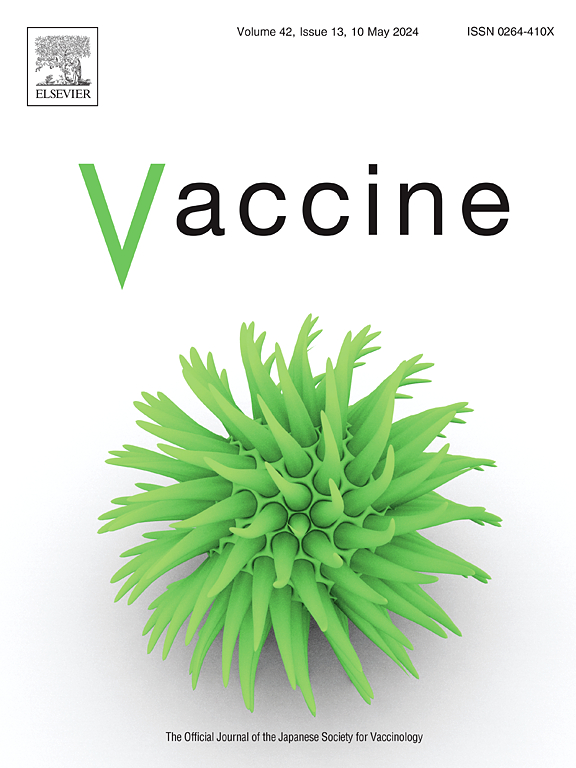荧光条形码细胞系稳定表达膜锚定流感神经氨酸酶
IF 4.5
3区 医学
Q2 IMMUNOLOGY
引用次数: 0
摘要
针对流感病毒神经氨酸酶(NA)的广泛保护性抗体的发现提高了人们对将 NA 作为疫苗靶点的兴趣。然而,重组、溶解的四聚体 NA 外结构域往往难以表达和分离,阻碍了抗 NA 体液反应的研究。为了克服这一障碍,我们建立了一个由 22 个非粘附细胞系组成的小组,这些细胞系稳定表达锚定在细胞表面的原生、历史性 N1、N2、N3、N9 和 NB NA。这些细胞系用荧光蛋白进行条形码编码,可利用现有的流式细胞仪对抗体结合进行高通量、16 倍分析。在从人类记忆 B 细胞中提取的未经筛选的克隆 IgG 库中鉴定 NA 抗体方面,细胞系的效率至少与 Luminex 多重结合测定法相当。这些细胞系还可用于测量猕猴实验性感染流感病毒后引起的血清抗体反应的强度和广度。膜锚定 NA 具有催化活性,与已建立的硅糖苷酶活性检测方法兼容。因此,表达 NA 的 K530 细胞系是研究 NA 免疫和评估流感疫苗疗效的有用工具。本文章由计算机程序翻译,如有差异,请以英文原文为准。
Fluorescence-barcoded cell lines stably expressing membrane-anchored influenza neuraminidases
The discovery of broadly protective antibodies to the influenza virus neuraminidase (NA) has raised interest in NA as a vaccine target. However, recombinant, solubilized tetrameric NA ectodomains are often challenging to express and isolate, hindering the study of anti-NA humoral responses. To address this obstacle, we established a panel of 22 non-adherent cell lines stably expressing native, historical N1, N2, N3, N9, and NB NAs anchored on the cell surface. The cell lines are barcoded with fluorescent proteins, enabling high-throughput, 16-plex analyses of antibody binding with commonly available flow cytometers. The cell lines were at least as efficient as a Luminex multiplex binding assay at identifying NA antibodies from a library of unselected clonal IgGs derived from human memory B cells. The cell lines were also useful for measuring the magnitude and breadth of the serum antibody response elicited by experimental infection of rhesus macaques with influenza virus. The membrane-anchored NAs are catalytically active and are compatible with established sialidase activity assays. NA-expressing K530 cell lines therefore represent a useful tool for studying NA immunity and evaluating influenza vaccine efficacy.
求助全文
通过发布文献求助,成功后即可免费获取论文全文。
去求助
来源期刊

Vaccine
医学-免疫学
CiteScore
8.70
自引率
5.50%
发文量
992
审稿时长
131 days
期刊介绍:
Vaccine is unique in publishing the highest quality science across all disciplines relevant to the field of vaccinology - all original article submissions across basic and clinical research, vaccine manufacturing, history, public policy, behavioral science and ethics, social sciences, safety, and many other related areas are welcomed. The submission categories as given in the Guide for Authors indicate where we receive the most papers. Papers outside these major areas are also welcome and authors are encouraged to contact us with specific questions.
 求助内容:
求助内容: 应助结果提醒方式:
应助结果提醒方式:


